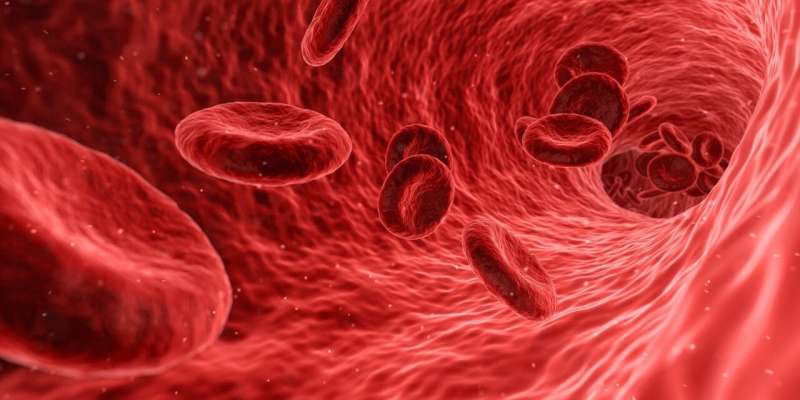Developing anticoagulant drugs with high anticlotting efficacy and minimal bleeding

Blood-feeding animals rely on specific molecules in their saliva to overcome defense mechanisms of their mammalian hosts for successful survival. For example, tick saliva contains molecules that can stop blood from clotting, and suppress inflammation or immune response to enable continuous feeding on the same bite site for days, sometimes undetected by the host. The harmful effects of these parasites can actually be harnessed for medical treatments.
The paper titled “Efficacy and safety of next-generation tick transcriptome-derived direct thrombin inhibitors,” which was first published in Nature Communications, explained how the NUS Medicine cardiovascular team developed a series of thrombin inhibitors to be potent anticoagulants based on sequences of inhibitors of blood coagulation enzyme thrombin found in the tropical bont tick Amblyomma variegatum.
The team lead by Research Assistant Professor Koh Cho Yeow from the Cardiovascular Diseases Translational Research Programme at Yong Loo Lin School of Medicine, National University of Singapore (NUS Medicine) and Cardiovascular Research Institute, Associate Professor Mark Chan, from the Department of Medicine, NUS Medicine, who is also the Deputy Director (Clinical Research Matters) from the Cardiovascular Research Institute and National University Heart Centre, as well as, Professor R. Manjunatha Kini from the Department of Biological Sciences at NUS, developed a series of thrombin inhibitors to be powerful anticoagulants, commonly known as blood thinners or anticlotting medications.
Anticoagulants are used in conditions where there is an increased propensity to form blood clots in our body depriving blood supplies to important tissues and organs, otherwise known as thrombosis. These medications are needed in many diseases caused by blood clots including heart attacks, strokes, deep vein thrombosis, pulmonary embolism and even some severe complications caused by SARS-CoV-2 infection.
Source: Read Full Article
